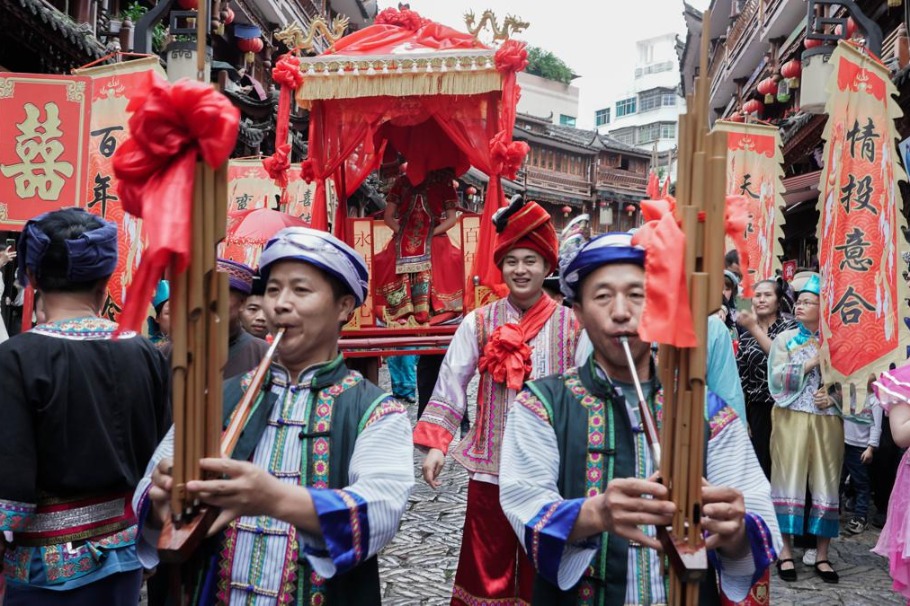Beijing targets motor vehicle pollution

BEIJING - Beijing has made addressing motor vehicle emission a focus of this year's air pollution control work, according to a senior environment protection official Tuesday.
"Targeting motor vehicle exhaust emissions is precise treatment for the city's smoggy weather as studies have found they are the top source of the city's major air pollutants," said Liu Bingjiang, an official with the Ministry of Environmental Protection.
Liu said that factors leading to Beijing's air pollution had changed dramatically as coal consumption now made up less than 10 percent of the city's energy mix, and over 80 percent of Beijing's industries were in the tertiary sector.
The smog-prone Chinese capital has intensified measures to improve its air quality in recent years and has achieved strong results.
In 2017, Beijing switched 901 villages from reliance on coal to clean energy, and phased out nearly half a million outdated vehicles. Almost no coal consumption occurs in Beijing's six districts and its southern plain areas.
The average density of PM2.5 in Beijing was 58 micrograms per cubic meter last year, meeting the target set by the State Council, and 20.5 percent less than in 2016.
On Tuesday, the Beijing municipal environmental authority issued a yellow alert for smog, expected to last two days.
- Influencers get hands-on in Hangzhou's rural museums
- Wuxi gathers global leaders to shape 15th Five-Year Plan vision
- French couple dedicated to sharing story of 'Dunhuang Guardian'
- Military doctor Li Huiling honored for her tropical medicine work
- Hengshan Mountain in Hunan shimmers with first rime of winter
- DPP's separatist stance, collusion with external forces root of cross-Strait tensions





































